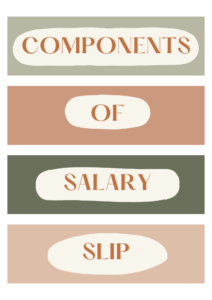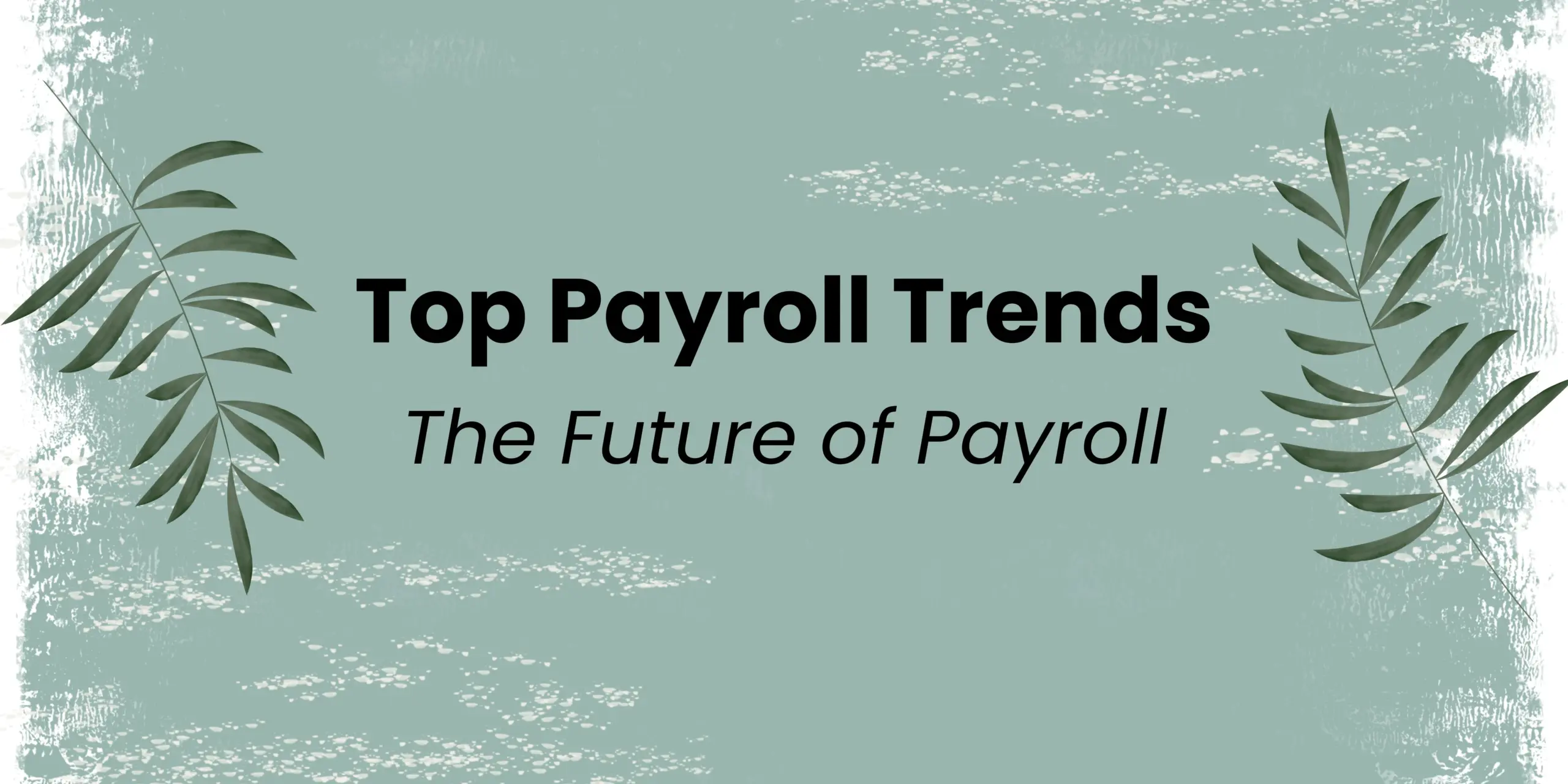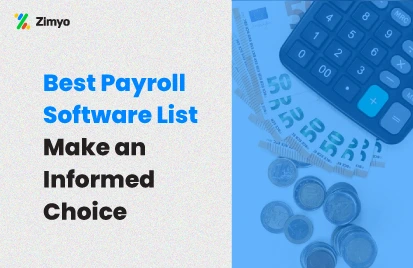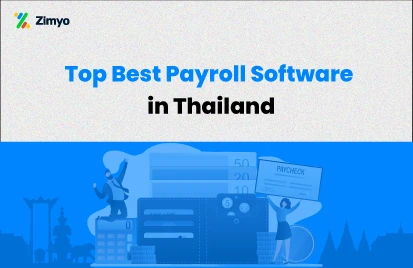Understanding your Salary Pay Slip is like unlocking the door to your financial health. But what exactly is a Salary Pay Slip? Why is it important? And how can you use it to your advantage? Today, we’ll break down everything you need to know about your Salary Pay Slip. Whether you’re a new employee or a seasoned professional, understanding your pay slip can make a world of difference in managing your finances effectively.
What is a Salary Pay Slip?
First off, let’s clarify the basics. A Salary Pay Slip, also known as a payslip or wage slip, is a document issued by your employer that details your earnings and deductions for a specific pay period. It’s more than just a piece of paper or a digital file. Rather, it’s a comprehensive summary of what you earned and what was deducted before your salary hit your bank account.
Why Does a Salary Pay Slip Matter?
So, why should you care about your Salary Pay Slip? Because it’s crucial for understanding your financial situation. Your payslip is not just a record of your income. Instead, it’s a tool that can help you with tax filing, budgeting, and even applying for loans. Have you ever wondered how much tax you actually pay? Or how much of your salary goes towards health insurance? Your Salary Pay Slip has all the answers.
What’s Included in a Salary Pay Slip?
Ever looked at your Salary Pay Slip and felt overwhelmed by all the numbers and terms? Don’t worry; you’re not alone. Let’s break it down.
- Employee Information: This section includes your name, employee ID, and job designation. It’s essential for identification and ensuring that the slip belongs to you.
- Pay Period: This specifies the time frame for which you’re being paid. For example, it might say, “1st January 2023 to 31st January 2023.”
- Gross Salary: This is the total amount you earned before any deductions were applied. It includes your base salary, bonuses, and allowances.
- Deductions: Here’s where things get interesting. This section lists all the amounts subtracted from your gross salary, such as taxes, insurance premiums, and retirement contributions.
- Net Pay: Finally, the net pay is the amount you actually take home. This is what gets deposited into your bank account.
Breaking Down the Components of a Salary Pay Slip
Now that we’ve covered the basics, let’s dive deeper into each component. Understanding these elements will not only help you manage your finances better but also ensure that you’re getting paid accurately.

Gross Salary: The Big Picture
Let’s start with the gross salary. This is the total amount you earn before any deductions. It includes:
- Basic Salary: The fixed amount you earn before any bonuses or allowances. It’s the core of your earnings.
- Allowances: These are additional payments made to you for specific purposes. Like housing or transportation. For example, if you receive a house rent allowance (HRA), it will be included in your gross salary.
- Bonuses: Any performance-related or annual bonuses are added to your gross salary. Have you received a bonus this year? You’ll find it here.
Deductions: Where Did All My Money Go?
When you receive your Salary Pay Slip, you’ll notice various deductions that are taken out of your gross salary. These deductions are essential as they contribute to various aspects of the economy and your future financial security. Let’s break down these deductions:
1. Taxes
Federal, state, and local taxes are deducted from your salary. The exact amount depends on your income and tax bracket. In addition to these, specific deductions include:
a. TDS (Tax Deducted at Source):
Employers deduct this amount on behalf of the income tax department. You can reduce this deduction by investing in tax-exempt instruments like equity funds, mutual funds, PPFs, NPS, and tax-saving FDs. Instruments mentioned under Section 80C of the Income Tax Act, 1961, are deductible if invested in.
b. Professional Tax:
Some state governments, such as Karnataka, West Bengal, and Maharashtra, levy a small amount of tax on professionals. It’s generally a nominal deduction, amounting to just a few hundred rupees per month.
2. Social Security and Medicare
These are mandatory deductions in many countries, contributing to your future retirement and healthcare. In India, a similar concept is the Employee Provident Fund (EPF):
a. EPF (Employee Provident Fund):
This is a retirement savings scheme regulated by the Employees’ Provident Fund Organization. Both you and your employer contribute to this fund, usually 12% of your basic salary. A portion of the EPF is also allocated to the Employee’s Pension Scheme (EPS), with the contribution depending on your salary level.
3. Health Insurance
If your employer provides health insurance, your share of the premium is deducted from your salary. This ensures that you have coverage for medical expenses, which is crucial for financial security.
4. Retirement Contributions
Are you saving for retirement? If so, contributions to a 401(k) or other retirement plans are deducted here. In India, this is typically handled through the EPF system, but you can also opt for additional retirement savings schemes.
5. Other Deductions
As mentioned earlier, this is a retirement fund contributed to by both you and your employer. If your salary exceeds INR 15,000, a specific contribution is made towards your pension, while the rest is saved in your EPF account.
These deductions are crucial for ensuring that you contribute to the economy, secure your future, and manage your finances effectively. Understanding them allows you to make informed decisions about your investments and savings, ultimately maximizing your take-home pay.
Net Pay: What You Actually Take Home
Finally, the net pay. This is the amount you see in your bank account. It’s what’s left after all deductions have been applied. If you’ve ever wondered why your actual pay is less than your gross salary, this section holds the answer.
The Importance of Understanding Your Salary Pay Slip
So, why is it so important to understand your Salary Pay Slip? Because it’s a powerful tool for managing your finances. Let’s explore some of the key reasons:
1. Tax Filing
First and foremost, your Salary Pay Slip is essential for tax filing. It provides a detailed breakdown of your income and deductions, helping you file your taxes accurately. Have you ever found yourself scrambling for documents during tax season? Keeping track of your Salary Pay Slip can make the process much smoother.
2. Budgeting
Next, let’s talk about budgeting. Understanding your Salary Pay Slip helps you know exactly how much money you have coming in and where it’s going. Are you saving enough? Are you spending too much on non-essentials? Your Salary Pay Slip can provide the insights you need to make informed financial decisions.
3. Applying for Loans
Planning to apply for a loan? Whether it’s for a car, a house, or a personal loan, your Salary Pay Slip is often required as proof of income. Lenders use it to assess your ability to repay the loan. Wouldn’t it be frustrating to miss out on a loan because you didn’t have the right documents? Keeping your Salary Pay Slip handy can prevent such issues.
4. Identifying Errors
Finally, understanding your Salary Pay Slip allows you to spot errors. Mistakes can happen, and they can affect your pay. Have you ever noticed a discrepancy in your salary? By regularly reviewing your pay slip, you can catch these errors early and get them corrected.
How to Read Your Salary Pay Slip Step-by-Step?
Reading your Salary Pay Slip might seem daunting at first, but it’s easier than you think. Let’s walk through it step by step:
Step 1: Start with Employee Information
First, check that your name, employee ID, and job designation are correct. These details are crucial for ensuring the slip belongs to you.
Step 2: Review the Pay Period
Next, look at the pay period. Does it match the time you worked? This will tell you which days your pay slip covers.
Step 3: Check Your Gross Salary
Now, move on to your gross salary. Does it include your base pay, allowances, and any bonuses? Make sure everything adds up.
Step 4: Analyze the Deductions
This is where you might spend a little extra time. Go through each deduction carefully. Are all the taxes, insurance premiums, and retirement contributions accounted for? If something doesn’t look right, flag it.
Step 5: Confirm Your Net Pay
Finally, check your net pay. This is the amount you’ll receive in your bank account. Does it match what you expected?
Step 6: Look for Additional Details
Some Pay Slips include extra information like overtime pay or leave balances. If yours does, review these sections as well.
Common Mistakes to Avoid When Reviewing Your Salary Pay Slip
Even if you understand your Salary Pay Slip, it’s easy to overlook certain details. Here are some common mistakes to avoid:
1. Not Checking Deductions
One of the most common mistakes is not reviewing deductions carefully. Are all your deductions accurate? Don’t just assume they’re correct—double-check them.
2. Ignoring Overtime and Bonuses
Did you work extra hours or receive a bonus? Make sure these are reflected in your Salary Pay Slip. It’s easy to miss these details if you’re not paying attention.
3. Failing to Report Errors
Found an error? Don’t ignore it. Failing to report mistakes can lead to ongoing issues with your pay. Have you ever noticed something off but didn’t report it? It’s better to address it right away.
4. Misplacing Your Salary Pay Slip
Another common mistake is misplacing your Salary Pay Slip. Whether you receive it electronically or on paper, make sure you keep it safe. You never know when you might need it.
The Role of HRMS in Managing Salary Pay Slips
Have you ever wondered how your Salary Pay Slip is generated? In many companies, the Human Resource Management System (HRMS) is used to manage payroll and generate pay slips. Let’s take a closer look at how HRMS makes the process smoother.
A) Automating Payroll
First, HRMS automates the payroll process. This means that your Salary Pay Slip is generated automatically based on the data entered into the system. Have you ever received a pay slip late? With HRMS, delays are less likely.
B) Ensuring Accuracy
Next, HRMS helps ensure accuracy. By automating calculations, HRMS reduces the chances of human error. Have you ever found a mistake in your deductions? With HRMS, these errors are minimized.
C) Providing Easy Access
Finally, HRMS makes it easy to access your Salary Pay Slip. Many systems allow employees to view and download their payslips online. Do you have easy access to your pay slips? If not, it might be time to ask your employer about HRMS.
How to Maximize the Benefits of Your Salary Pay Slip
Understanding your Salary Pay Slip is just the first step. Here’s how you can use this knowledge to your advantage:
I. Plan Your Budget
Use your Salary Pay Slip to plan your monthly budget. Know exactly how much you’re earning and where it’s going. Are you spending more than you’re saving? Your pay slip can help you adjust your budget.
II. File Your Taxes
When tax season rolls around, use your Salary Pay Slip to file your taxes accurately. Have you ever been unsure about how much tax you owe? Your pay slip has all the details you need.
III. Apply for Loans
Need a loan? Use your Salary Pay Slip as proof of income. Have you been denied a loan before? Providing a detailed pay slip can improve your chances.
IV. Track Your Savings
Are you saving enough for retirement? Your Salary Pay Slip shows how much you’re contributing to your retirement plan. If it’s not enough, you can adjust your contributions.
Conclusion
Henceforth, your Salary Pay Slip is more than just a summary of your earnings and deductions—it’s a powerful tool for managing your finances. Thus, by understanding the details of your pay slip, you can plan your budget, file your taxes accurately, apply for loans, and ensure that you’re saving enough for the future.
So, have you checked your Salary Pay Slip lately? Now that you know what to look for, take a few minutes to review it. If you find any discrepancies, don’t hesitate to reach out to your employer. After all, it’s your money, and you deserve to know exactly where it’s going.
Therefore, understanding your Salary Pay Slip is an essential part of managing your financial health. So, take the time to get familiar with it, and use it to your advantage!
Zimyo—The Best HRMS Platform
Ready to understand your salary pay slip and ensure you’re getting every penny you deserve? Discover how Zimyo’s AI-powered HRMS can simplify your paycheck management and make payroll a breeze. With Zimyo, you can say goodbye to confusion and hello to clear, accurate pay slips.
But that’s not all! For employers, CEOs, and HR managers, Zimyo’s platform is the ultimate tool to streamline your entire HR process. Join over 2,000 businesses and 500,000+ users who trust Zimyo to revolutionize their HR operations. Schedule a demo now to see how Zimyo can transform both your payroll and HR management!
With Zimyo, you get:
- Smooth & easier payroll processing
- Transparent salary pay slip details
- Better employee engagement
Don’t just take our word for it—check out our 4.5+ average ratings on G2, Capterra, and Glassdoor!
Ready to see Zimyo in action? Schedule a demo today and experience the best in HR management. Choose Zimyo, and simplify your payroll with the #1 HRMS for businesses like yours!




